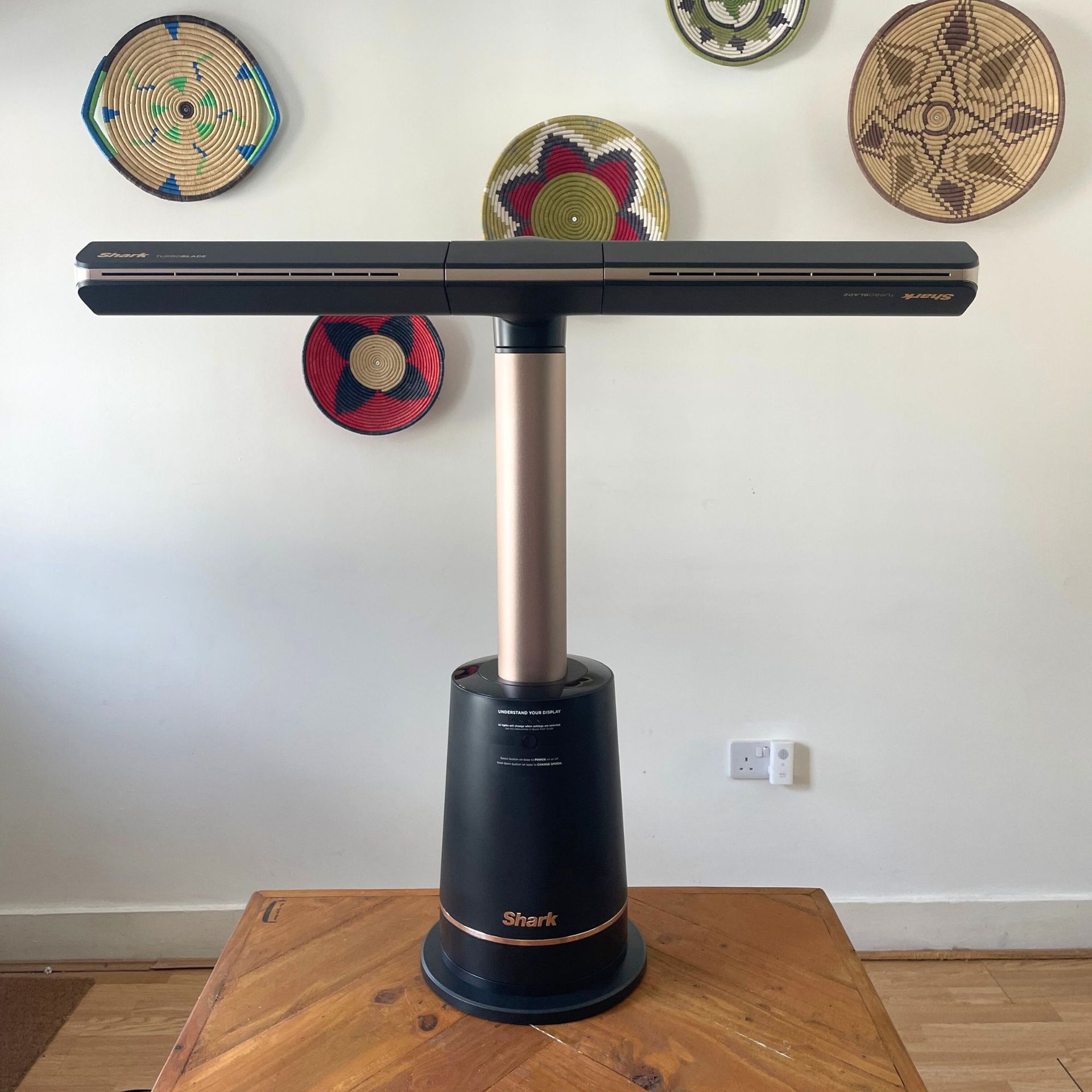Understanding the Cost of Running a Fan
When the temperatures soar, a fan can be your best ally, providing relief from suffocating heat. However, while enjoying the cool breeze, it’s essential to consider the financial impact of running a fan. This article delves into the energy consumption of fans, how to calculate their cost of operation, and offers practical tips to minimise expenses.
How Much Energy Does a Fan Use?
Many fans available today are surprisingly energy-efficient, especially when compared to portable air conditioning units. To determine the operational cost of a fan, you’ll first need to know its wattage, which can usually be found on the appliance itself or in the accompanying manual.
To convert wattage into kilowatt-hours (kWh), simply divide the wattage by 1,000. This conversion gives you the amount of energy the fan uses per hour. Next, you need to find out how much you pay for one unit of electricity, typically listed on your energy bill. As of July 2025, the price cap is set at approximately £0.257 per kWh.
Example Calculations
For illustration, consider an 18-inch bladed floor fan that operates at 110 watts. This translates to 0.11 kW. If your energy cost is £0.23 per kWh, it would cost you roughly £0.0253 per hour to run this fan.
In comparison, a bladeless fan using 56 watts, or 0.056 kW, would cost just over £0.01 per hour, while a tower fan that operates at 35 watts, or 0.035 kW, would cost around £0.008 per hour.
Tips for Reducing Fan Operating Costs
While operating a fan is not overly expensive, there are several strategies to make using a fan even more economical without sacrificing cooling comfort.
1. Keep Your Fan Clean
Regularly cleaning your fan is crucial for optimal performance. Dust accumulation forces the fan to work harder, consuming more energy. A simple wipe-down with a cloth can significantly improve airflow efficiency. If you have an air purifier fan, remember to clean its filter as well to maintain its effectiveness.
2. Positioning Matters
The placement of your fan can dramatically affect its cooling capability. Ensure the fan is directed towards you and positioned near a window, especially at night, to enhance air circulation. Pointing the fan out of the window can also help draw hot air out of your space during a heatwave.
3. Use a Timer
Using a timer can help you manage how long your fan operates, preventing unnecessary energy consumption. Many modern fans come equipped with built-in timers, allowing them to switch off automatically after a set period. This feature is especially useful if you tend to fall asleep while the fan is running.
4. Pair with Ice
While mixing water and electricity is generally inadvisable, you can still use ice to enhance a fan’s cooling effect. Placing a bowl of ice in front of the fan can create a refreshing breeze without increasing the power consumption.
5. Limit Usage
This may seem counterintuitive, but reducing the fan’s usage can actually save you money. Often, running the fan at a lower speed setting is sufficient for comfort and consumes less electricity. Combine this with other cooling methods, like opening loft hatches, for effective temperature control.
Recommended Fan Models
If you’re in the market for an efficient fan, consider the following options:
- MeacoFan 1056 Air Circulator: Regarded as the best overall fan, it is powerful, quiet, and energy-efficient, with a wattage range of 9.5-23.5W.
- Duux Whisper Flex Ultimate Fan: Ideal for sleeping, this fan operates quietly and is portable due to its wireless design.
- Dyson Purifier Cool PC1: This bladeless fan is not only energy-efficient but also functions as an air purifier, making it a smart choice for those seeking dual functionality.
Frequently Asked Questions
Are Some Fans More Cost-Effective Than Others?
Yes, different types of fans have varying energy consumption rates. Bladed fans typically use more energy, especially those with larger blades. Tower fans generally consume less power but may require higher settings to be effective. Bladeless fans, which operate with fewer moving parts, tend to be the most energy-efficient options.
Is It Expensive to Leave a Fan On Overnight?
Most fans cost only a few pence to run per hour, making them relatively inexpensive to operate overnight. However, it’s wise to consider the wattage and current energy prices to avoid surprises on your electricity bill.
In conclusion, understanding the costs associated with running a fan can help you enjoy a cooler environment without breaking the bank. By following the tips outlined above, you can maximise efficiency and minimise expenses while keeping your living space comfortable during the warmer months.

